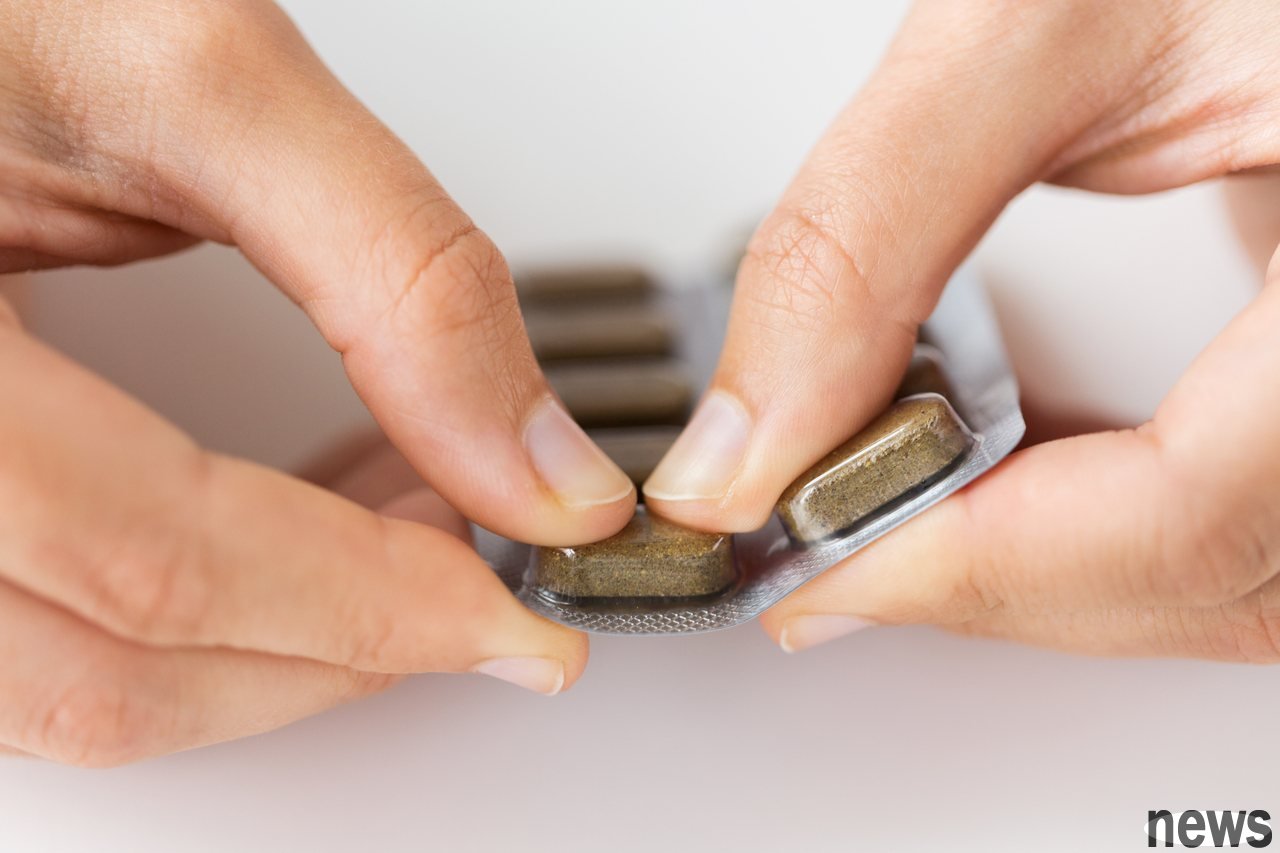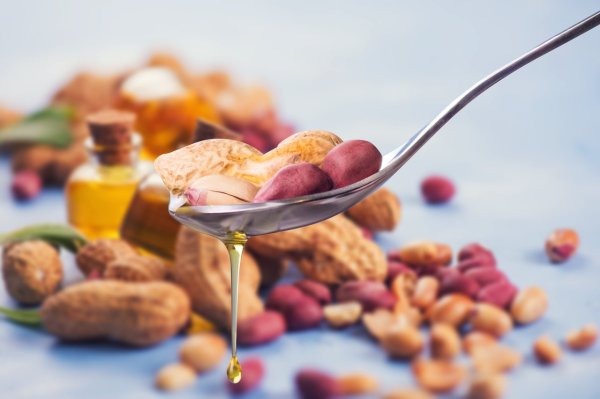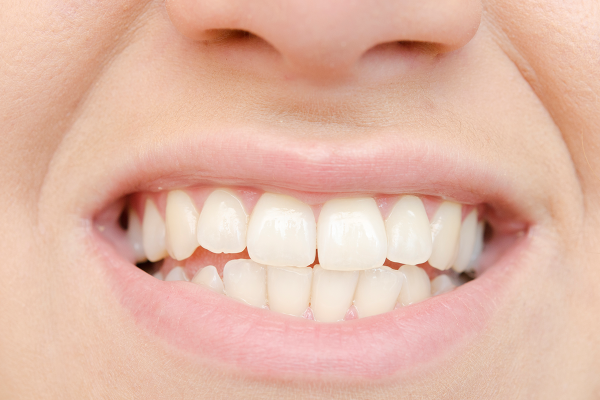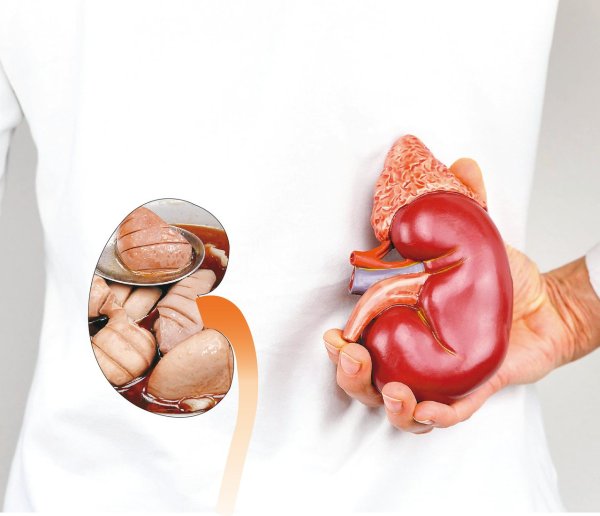Is taking Vitamin D supplement useful for improving dry skin? JAMA s latest research has answers

Sandruff disease, also known as dry wool or cowhide wool, is a chronic skin disease, and its main feature is that it will have an abnormal skin on the body.
Yesterday (2023-3-29) Journal of the American Medical Association JAMA published Effect of Vitamin D Supplementation on Psoriasis Severity in Patients With Lower-Range Serum 25-Hydroxyvitamin D Levels.
Research Machine: Vitamin D (vitD) has many functions related to sandrhea. The most important is the regulation of the proliferation and maturation of immune systems and horny formation cells, which are interfered with in sandrosis. The vitD analogue is a common daily clinical management of sandruff. However, because UV B (UV-B) increases the production of vitD in the skin, it is questionable whether the effect of vitD partially explains the therapeutic effect of UV-B on sandrosis.
There has been no study yet that oral vitD has been confirmed to have therapeutic effects on sandrosis. Good results after vitD supplementation were described in the public trial and case reports, but the results of the previous 3 random clinical trials were inconsistent. These random control trials did not consider the effects that might change due to seasons, and only 1 included participants with lower serum 25-rotamine vitamin D (25[OH]D).
This study was conducted in the winter in northern Norway; therefore, we can separate the impact of vitD from the impact of UV radiation. Additionally, we included participants with lower 25(OH)D levels, who are most likely to benefit from supplements.
We assume that increasing 25(OH)D levels will reduce the seriousness of sandrosis in winter. We measured the effect of supplementation vitD on sandruff severity by ratings of PASI, physician comprehensive assessment (PGA), self-managed PASI (SAPASI), and skin disease quality of life index (DLQI) ratings.
Study subjects: There were 122 participants (46 women), with an average age of 53.6 years old, an average PASI rating of 3.1; mean serum 25(OH)D 14.9 ng/mL. Of these, 60 were randomly assigned to Vitamin D group and 62 were randomly assigned to consolation groups. A total of 120 participants (59 vitamin D, 61 consolation agents) completed the experiment.
Research Methods: Vitamin D Group starts taking 100,000 units of vitD, and then takes 20,000 units every week for 4 months. The main outcome was the measurement of sandruff degree index (PASI), the secondary outcome was the PASI comprehensive evaluation by doctors, self-management PASI, and dermatological quality of life index scores.
Study Results: At the completion of the experiment, the average 25(OH)D level of vitamin D group was 29.7 ng/mL, while the pamper group was 12.0 ng/mL. There is no significant difference in the PASI rating changes between the two groups. There are no significant differences in the overall evaluation scores of the physician, self-managed PASI, or the quality of life index of the dermatology department.
Conclusion: The results of this random clinical trial show that vitamin D supplementation does not affect the severity of sandrosis.
Original text: Sandruff: Is taking vitamin D supplement useful?Responsible editor: Gu Zihuan




